As the Quantum computing race is heating up, many companies across countries are spending billions on different qubit technologies to stabilise and commercialise the technology. While it is too early to declare a winner in quantum computing, Google’s quantum computing lab may have created something truly remarkable.
In the latest development, researchers at Google, in collaboration with physicists at Princeton, Stanford, and other universities, have created the world’s first “Time Crystal” inside a quantum computer.
Time crystals developed by Google could be the biggest scientific accomplishment for fundamental physics and quantum physics. Dreamt up by the Nobel Prize-winning physicist Frank Wilczek in 2012, the notion of “time crystals” is now moving from theory to reality.
In a recently published study, “Observation of Time-Crystalline Eigenstate Order on a Quantum Processor,” the researchers claim that Time Crystal is a new phase of matter that violates Newton’s law of Thermodynamics.
What is Time Crystal?
Well, a time crystal sounds like a complicated component of a time machine, but it is not. So, what exactly are Time Crystals? As per researchers, a time crystal is a new phase of matter that alternates between two shapes, never losing any energy during the process.
To make it simple, regular crystals are an arrangement of molecules or atoms that form a regular repeated pattern in space. A time crystal, on the other hand, is an arrangement of molecules or atoms that form a regular, repeated pattern but in ‘time.’ Meaning, they’ll sit in one pattern for a while, then flip to another, and repeat back and forth.
Explaining about Time Crystal in layman terms to Silicon Canals, Loïc Henriet, head of Applications and Quantum Software, Pasqal, explains, “Some phases of matter are known to spontaneously break symmetries. A crystal breaks spatial translation: one finds atoms only at well-defined positions. Magnets break discrete spin symmetry: the magnetisation points to a well-defined direction. However, no known physical system was known to break one of the simplest symmetries: translation in time. Google’s DTC result is the most convincing experimental evidence of the existence of non-equilibrium states of matter that break time-translation symmetry.”
Further, Time crystals can withstand energy processes without entropy and transform endlessly within an isolated system without expending any fuel or energy.
How did they do it?
“Our work employs a time-reversal protocol that discriminates external decoherence from intrinsic thermalisation, and leverages quantum typicality to circumvent the exponential cost of densely sampling the eigenspectrum,” says researchers. “In addition, we locate the phase transition out of the DTC with experimental finite-size analysis. These results establish a scalable approach to study non-equilibrium phases of matter on current quantum processors.”
For the demonstration, the researchers used a chip with 20 qubits to serve as the time crystal. It’s worth mentioning that researchers performed the experiments on Google’s Sycamore device, which solved a task in 200 seconds that would take a conventional computer 10,000 years.
According to the researchers, their experiment offers preliminary evidence that their system could create time crystals. This discovery could have profound implications in the world of quantum computing if it’s proven.
Henriet shares, “This result is most interesting from a fundamental physics standpoint, as an identification of a novel quantum phase of matter. In itself, it will not directly impact our day-to-day life but it illustrates the richness of many-body quantum physics out-of-equilibrium. It also proves that quantum processors are now powerful enough to discover new interesting regimes for quantum matter with disruptive properties.”
“The consequence is amazing: You evade the second law of thermodynamics,” says Roderich Moessner, director of the Max Planck Institute for the Physics of Complex Systems in Dresden, Germany, and a co-author on the Google paper.
“This is just this completely new and exciting space that we’re working in now,” says Vedika Khemani, a condensed matter physicist now at Stanford who co-discovered the novel phase, while she was a graduate student and co-authored the new paper with the Google team.
Time crystals in 2012
In 2012, Frank Wilczek came up with the idea of time crystals while teaching a class about ordinary (spatial) crystals.
“If you think about crystals in space, it’s very natural also to think about the classification of crystalline behaviour in time,” he told Quanta.
Google’s quantum computer has certainly achieved what many thought was impossible. Having said that, the experiment is in the preliminary stage and requires a lot of work. Moreover, the pre-print version of the research awaits validation from the scientists’ community and has to be reviewed by peers as well.
“There are good reasons to think that none of those experiments completely succeeded, and a quantum computer like [Google’s] would be particularly well placed to do much better than those earlier experiments,” University of Oxford physicist John Chalker, who wasn’t involved in the research, told Quanta.



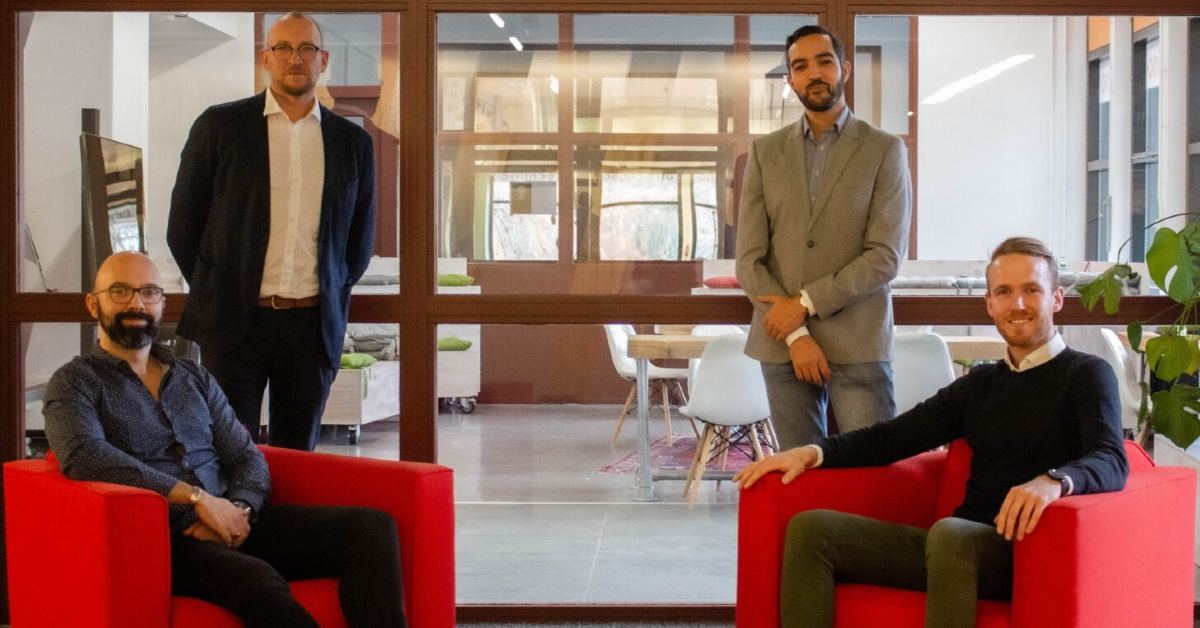
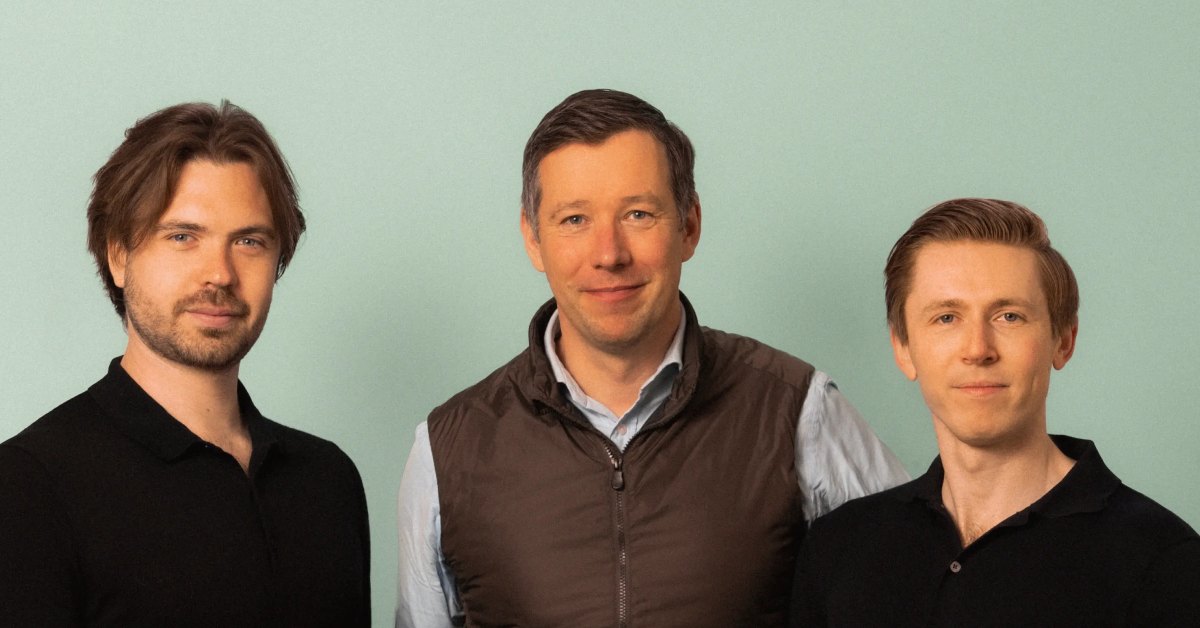
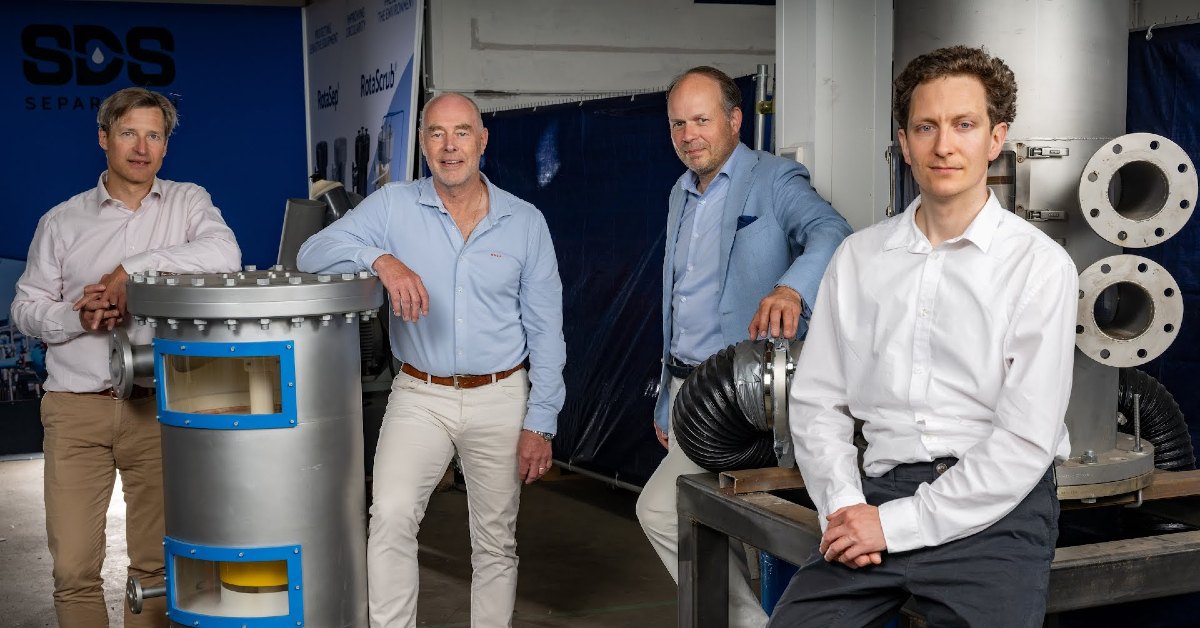
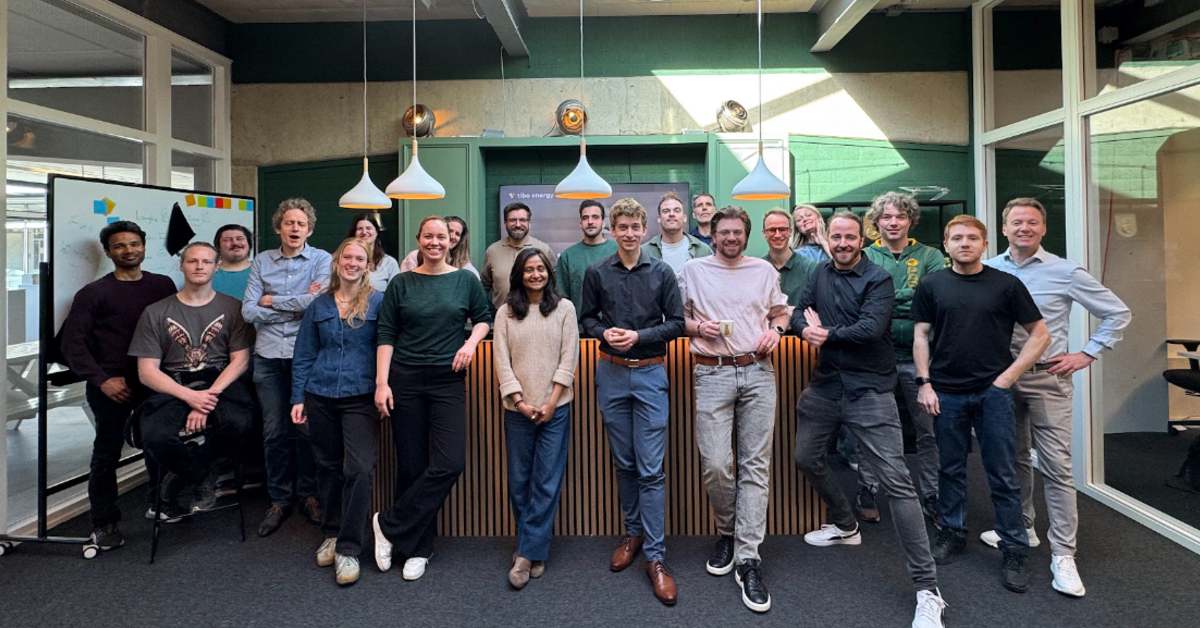
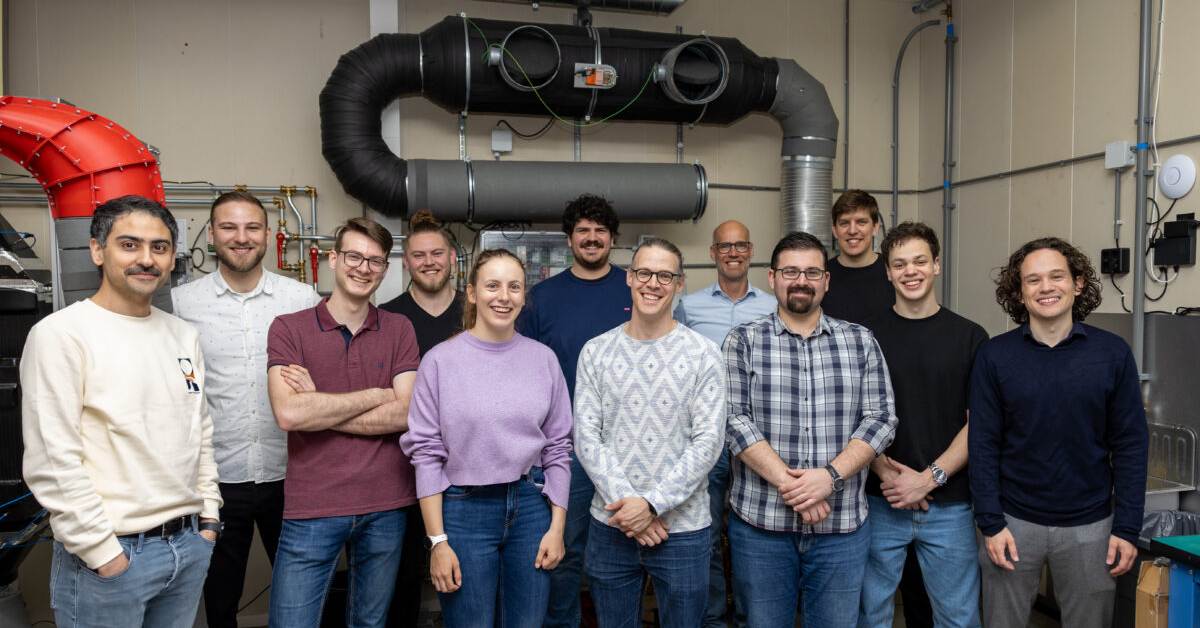
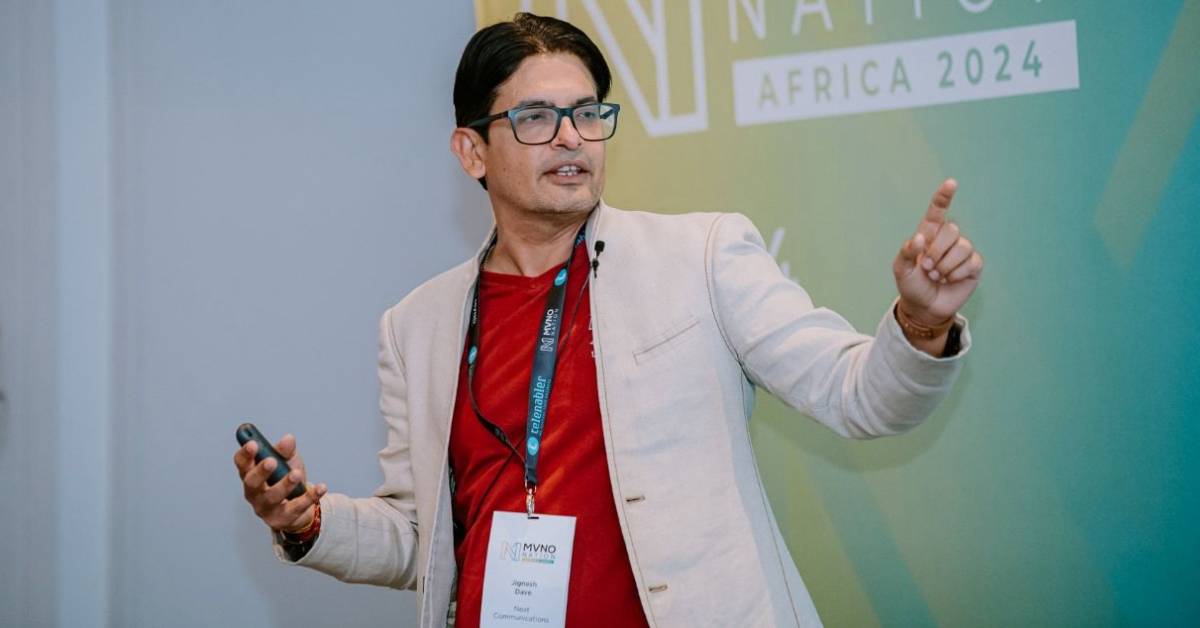

01
From telecom veteran to Dutch Startup Visa success: The Jignesh Dave story